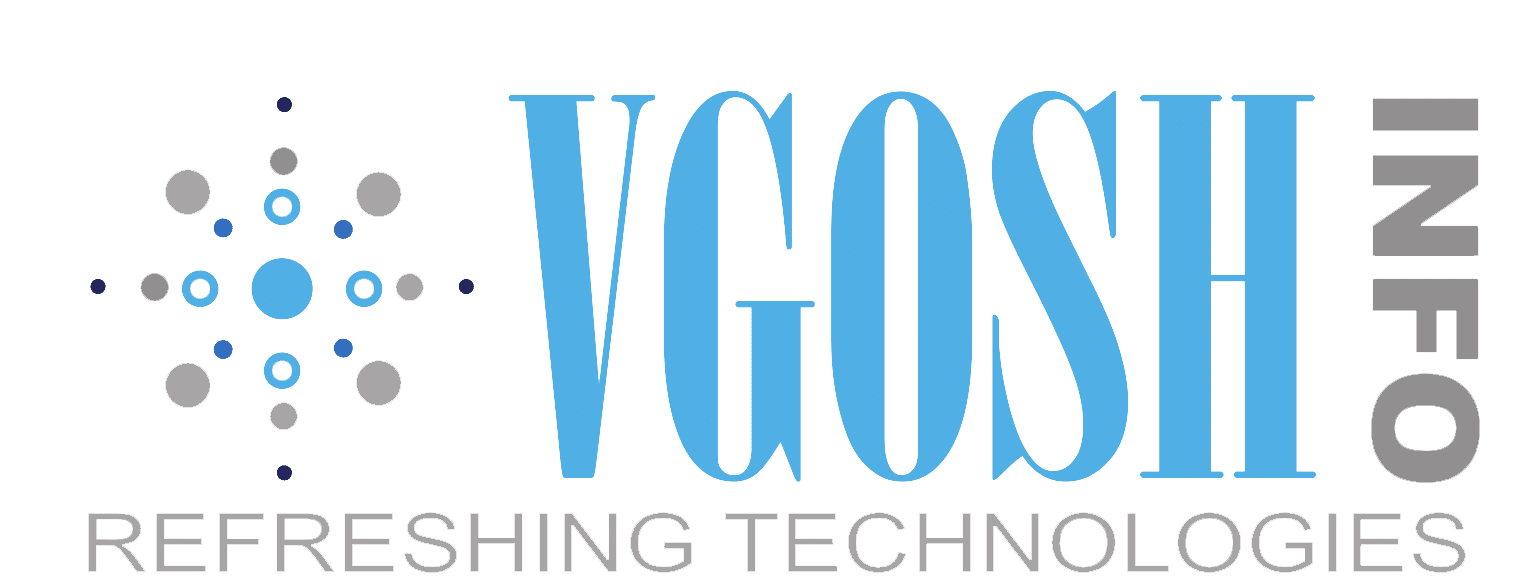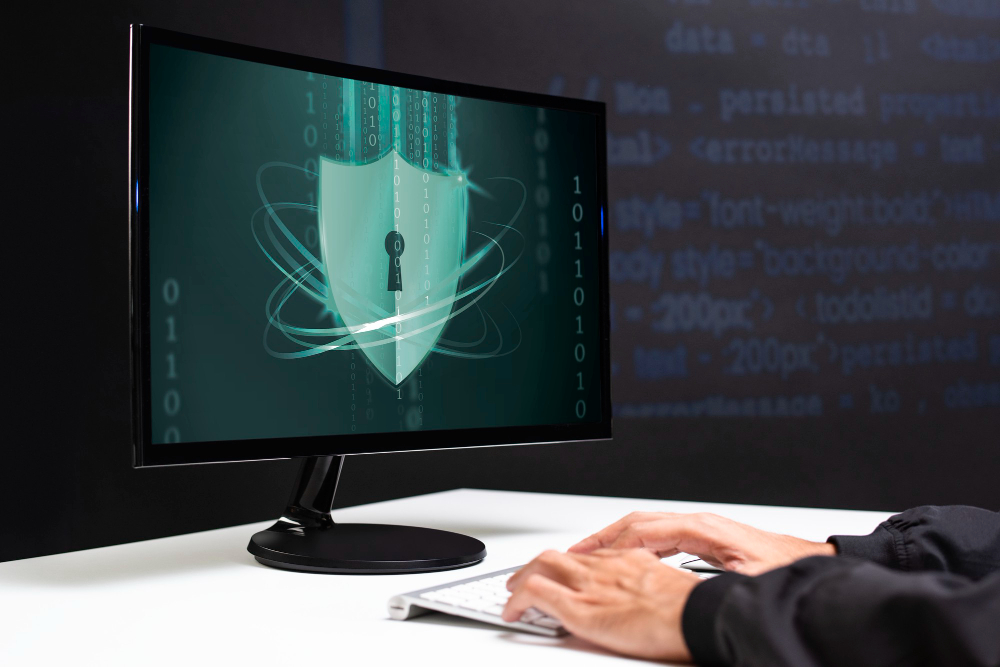Ransomware Attacks: Strategies for Prevention and Recovery in Singapore
In the ever-evolving landscape of cybersecurity, ransomware attacks have emerged as a formidable threat, disrupting operations, compromising sensitive data, and causing significant financial losses.
Singapore, as a global technology hub, is particularly vulnerable to these attacks, as its interconnected digital infrastructure and reliance on digital services present attractive targets for cybercriminals.
Understanding Ransomware Attacks in Singapore
Ransomware is a type of malware that encrypts an organization’s or individual’s data, rendering it inaccessible until a ransom is paid to the attackers. These attacks can have devastating consequences, leading to downtime, data loss, and reputational damage.
In Singapore, ransomware attacks have become increasingly prevalent, targeting various industries, including healthcare, finance, and manufacturing. The country’s critical infrastructure, such as transportation and energy systems, is also at risk of being compromised.
Strategies for Ransomware Prevention
The best defense against ransomware attacks lies in a proactive approach that combines strong cybersecurity measures with vigilant practices. Here are three effective strategies for preventing ransomware attacks:
1. Implement Robust Cybersecurity Measures:
a. Network Segmentation: Divide your network into smaller, isolated segments to limit the spread of malware in case of an attack.
b. Access Control: Implement strict access controls to restrict user access to sensitive data and systems.
c. Regular Security Updates: Keep your operating systems, software, and applications up to date with the latest security patches.
2. Educate Employees:
a. Cybersecurity Awareness Training: Provide regular cybersecurity awareness training to educate employees about ransomware threats and phishing tactics.
b. Social Engineering Awareness: Emphasize the importance of social engineering awareness, teaching employees to recognize and avoid manipulation attempts.
c. Reporting Procedures: Establish clear reporting procedures for employees to report suspicious emails or activities promptly.
3. Data Backups and Recovery Plan:
a. Regular Data Backups: Maintain regular and secure backups of your critical data to facilitate recovery in case of an attack.
b. Data Backup Verification: Regularly test and verify your backups to ensure they are complete and accessible.
c. Incident Response Plan: Develop a comprehensive incident response plan to effectively respond to and recover from ransomware attacks.
Mitigating the Impact of Ransomware Attacks
Despite preventive measures, ransomware attacks can still occur. In such cases, effective mitigation strategies are crucial to minimize the impact and restore operations:
1. Isolating the Affected Systems: Immediately isolate the affected systems to prevent the malware from spreading further.
2. Collecting Evidence: Gather evidence of the attack, including logs, screenshots, and ransom demands, for forensic analysis.
3. Notifying Law Enforcement: Notify law enforcement authorities to report the attack and seek assistance.
4. Considering Ransom Payment: Carefully evaluate whether paying the ransom is the best option, considering factors like the value of the data, the potential reputational damage, and the likelihood of data recovery.
5. Initiating Data Recovery: Initiate data recovery procedures using backups or specialized tools, if available.
6. Reviewing Cybersecurity Posture: Conduct a thorough review of your cybersecurity posture to identify and address vulnerabilities that may have contributed to the attack.
7. Post-Incident Communication: Communicate the incident to stakeholders, including employees, customers, and partners, in a transparent and timely manner.
8. Learning from the Attack: Use the incident as a learning experience to improve your cybersecurity measures and prevent similar attacks in the future.
Conclusion: Safeguarding Singapore’s Digital Future
Ransomware attacks pose a significant threat to Singapore’s digital security. By implementing a combination of preventive measures, mitigation strategies, and continuous improvement, organizations and individuals can effectively safeguard their data, protect critical infrastructure, and maintain trust in the digital realm. As Singapore continues to embrace the digital age, strengthening cybersecurity resilience is paramount to ensuring the nation’s prosperity and well-being.





